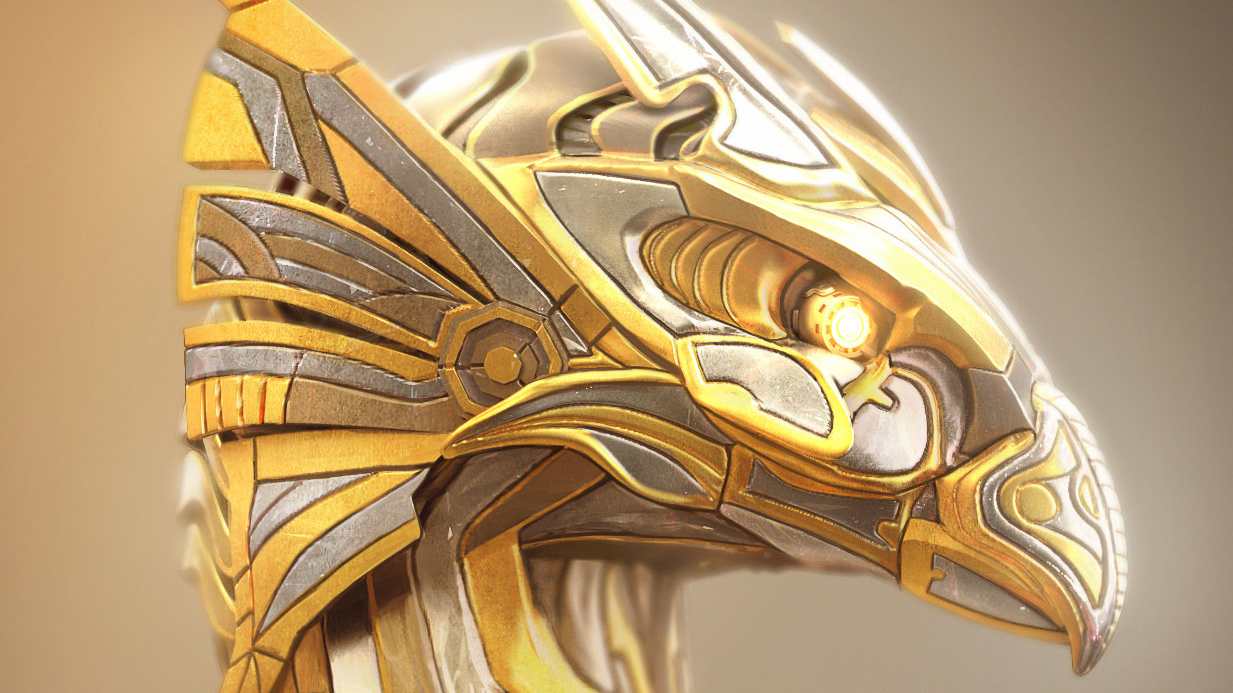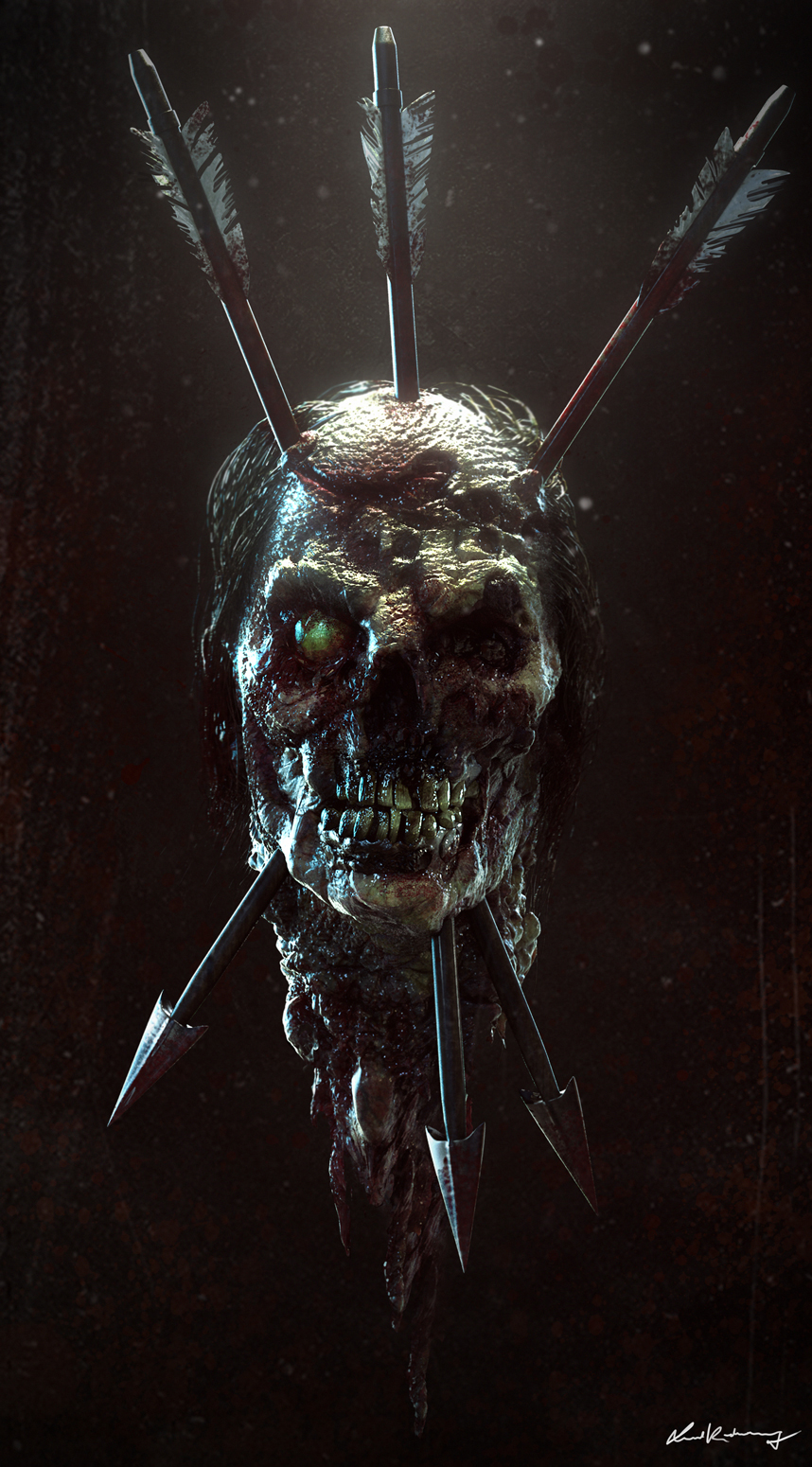With a talent for character and creature development, Jared Krichevsky brings emotion and life to characters that have defined the feel of many movies he has been involved in throughout his career. He uses KeyShot from the very start to guide the sculpting process and check lighting. Jared tells us more about how he got started, working on feature films and why KeyShot is such an important tool in his pipeline.

Jared Krichevsky
Modeling software used: ZBrush
Website: Artstation
What sparked your interest in becoming a Creature/Character Artist?
Around 2009, I was actually working as a book seller in a Borders book shop in Century City, Los Angeles for over a year. I kept coming across these various digital art books on the shelves. I thought it was fantastic that this is what modern artists were doing with software and modern sculpting techniques. Even though I had been drawing since I was a kid, I had never had any experience with 3D programs before, but I knew it was something that I would like to learn, this led me down the road to where I am now.
What have been some highlights throughout your career?
Certainly, the highlights have been getting to work with many artists I completely respect and admire. They’ve taught me so much, and I’m eternally grateful for their guidance. I’ve always been a huge movie buff, so getting to see some of my work make it to the big screen has been a real dream come true. Getting to working on the Teenage Mutant Ninja Turtles was one of those childhood wish fulfillment moments, it was such a big part of my childhood, I collected every action figure and collectible they made. I also really enjoyed working on the new Pete’s Dragon, I really connected with the story and I’m looking forward to its release.
What would you say is unique about your approach to a project?
I’m definitely a happy accidents kind of guy, instead of forcing the idea out of my head through sheer will I just try to let it grow as organically as possible, being in the moment and letting my instincts do the work. Whenever I really pre-think something out, it ends up changing a whole bunch and then I end up disappointed with it because it didn’t match my original idea. So I try to stop thinking so much and get out of my head about it.




 Being able to add dramatic lighting in my renders really helps sell the story, so I love being able to use geometry and apply it as a light, or use the interior lighting settings in KeyShot for more complex situations.”
Being able to add dramatic lighting in my renders really helps sell the story, so I love being able to use geometry and apply it as a light, or use the interior lighting settings in KeyShot for more complex situations.”


